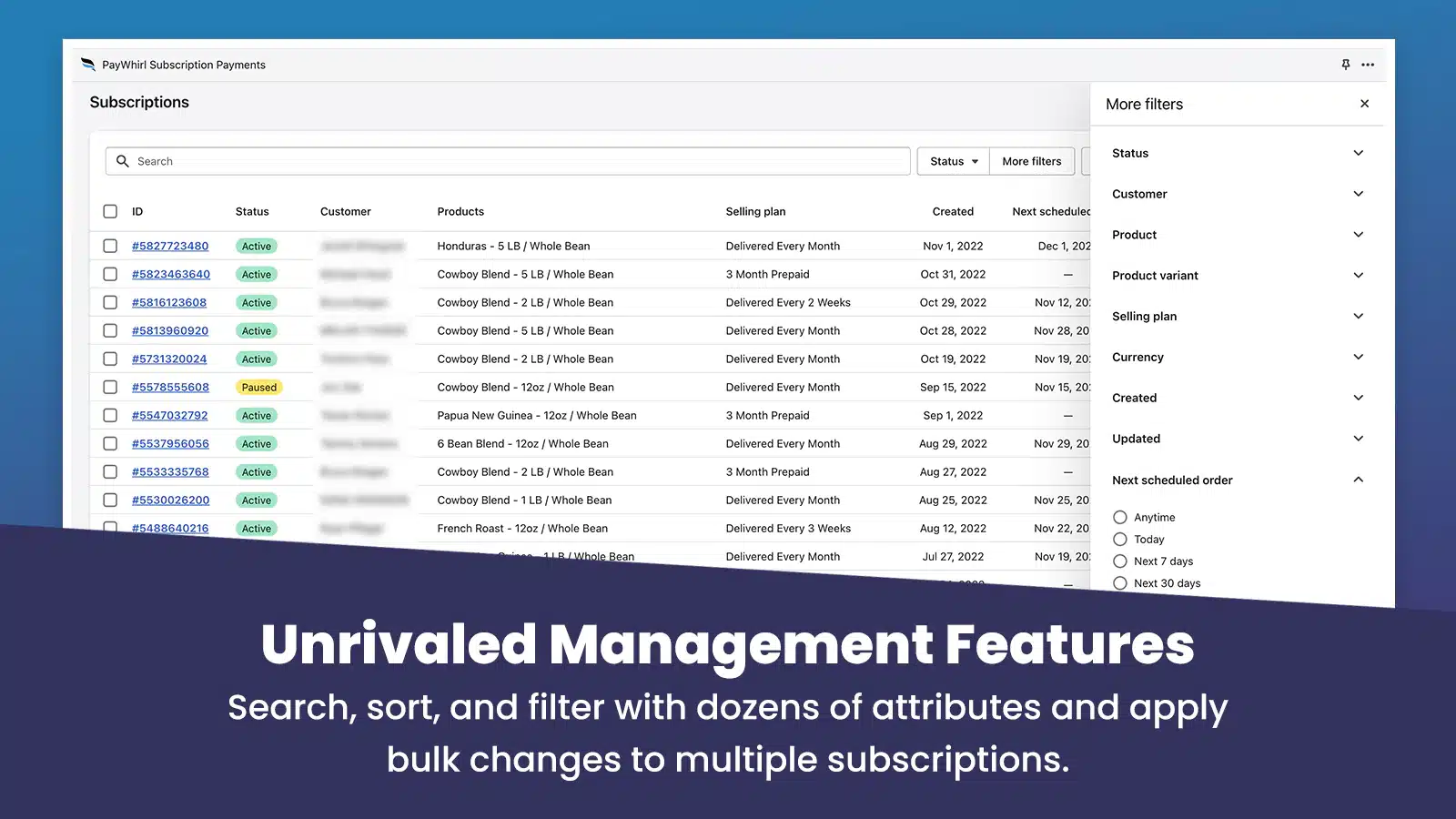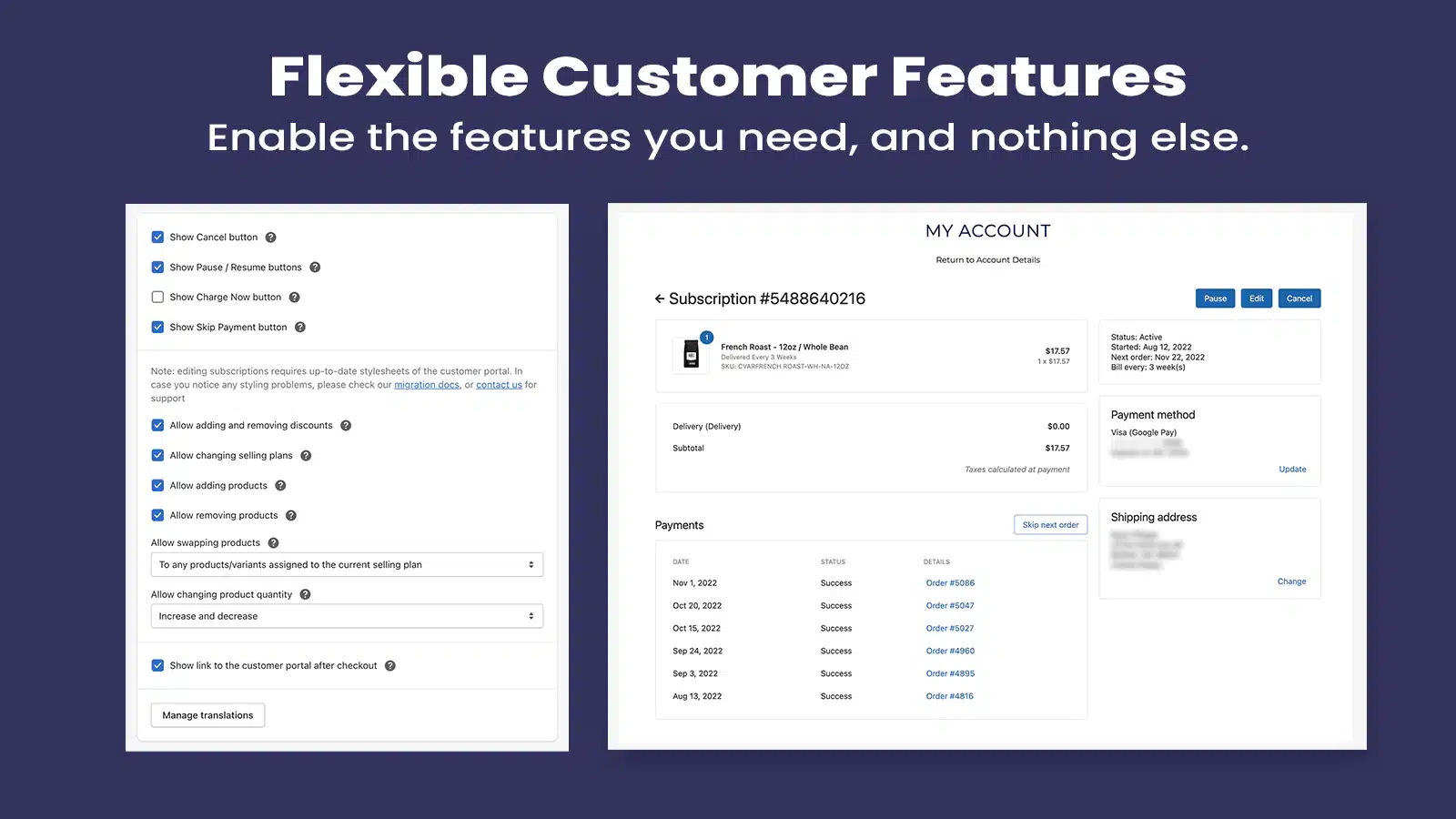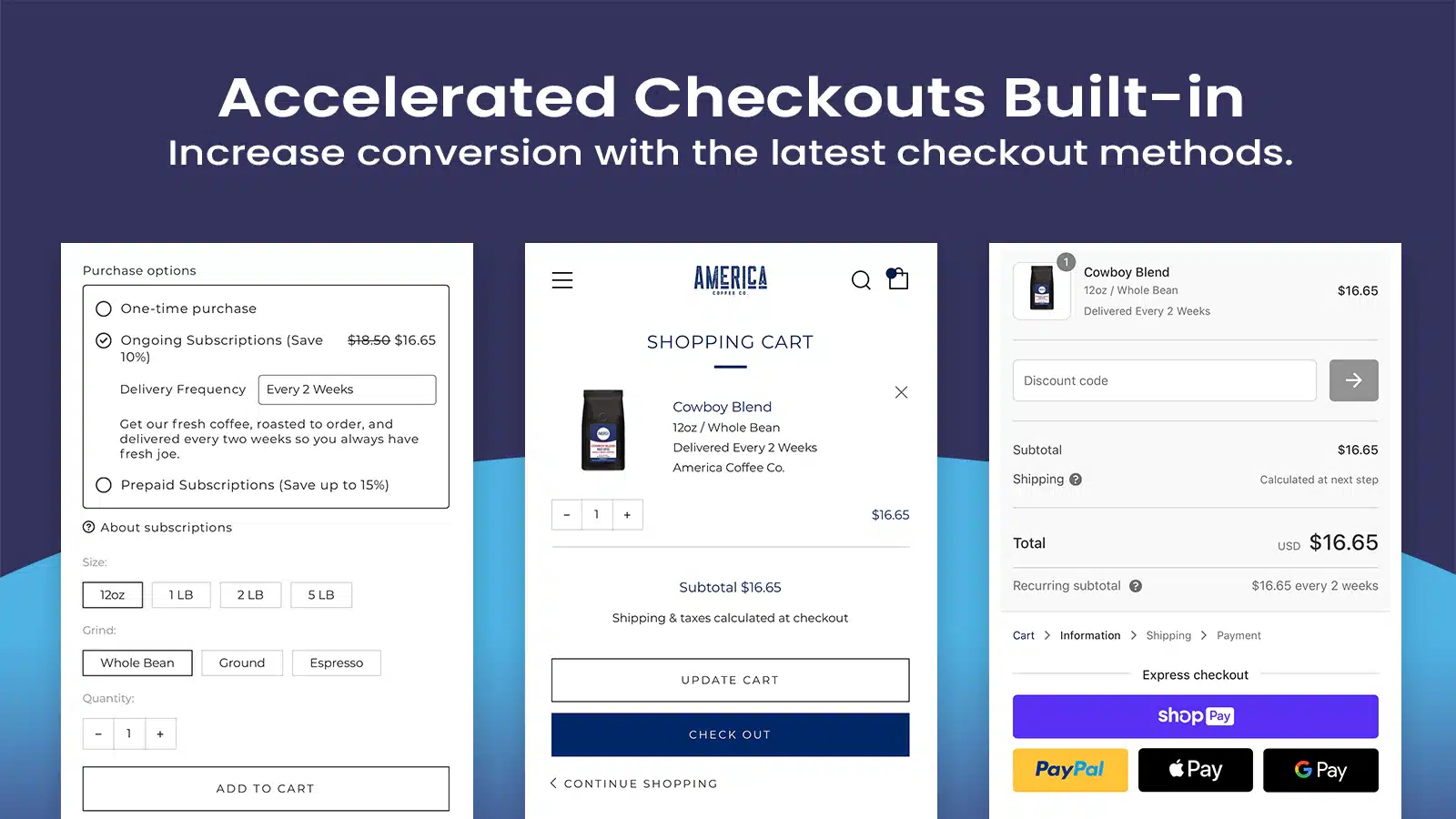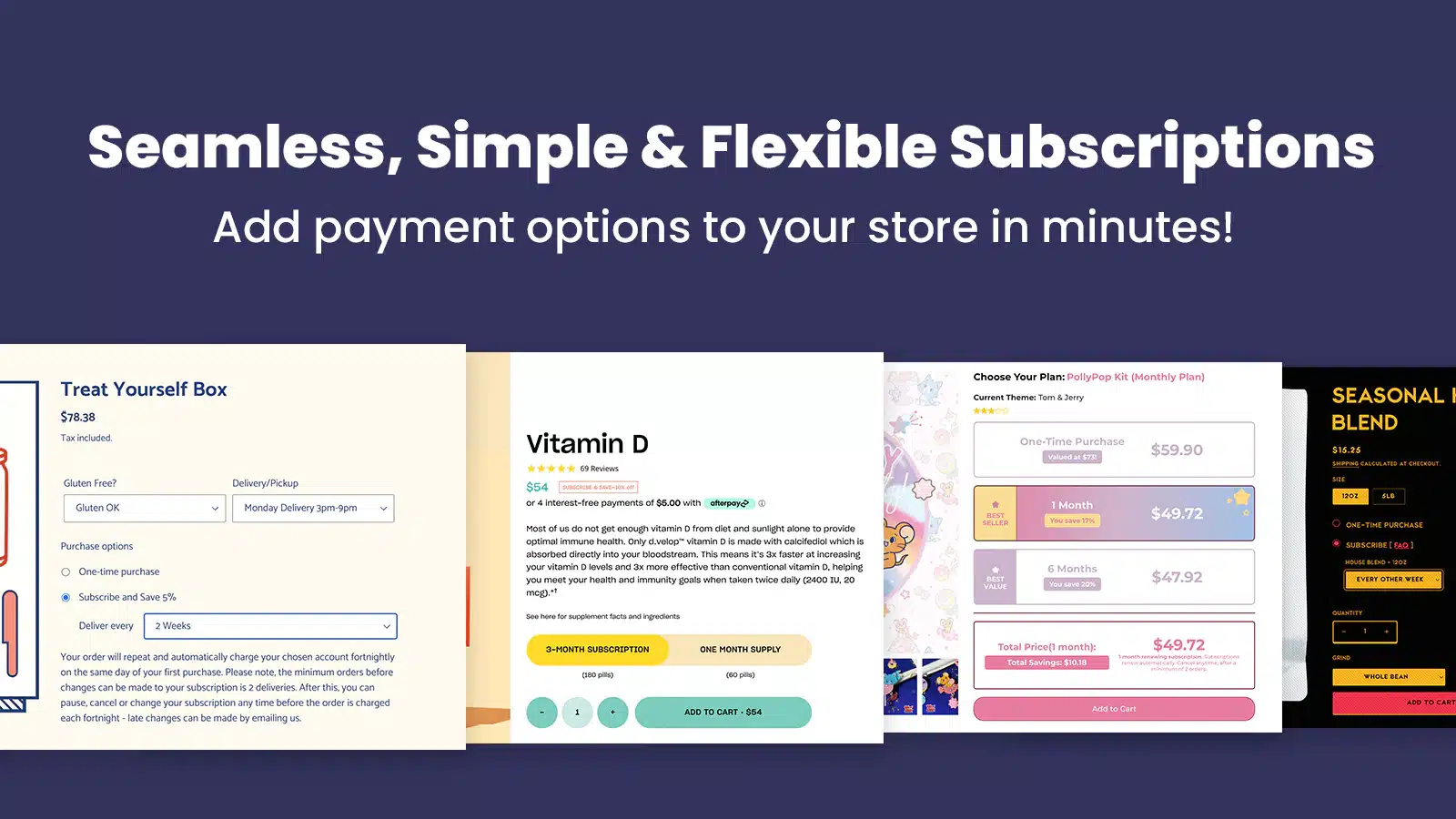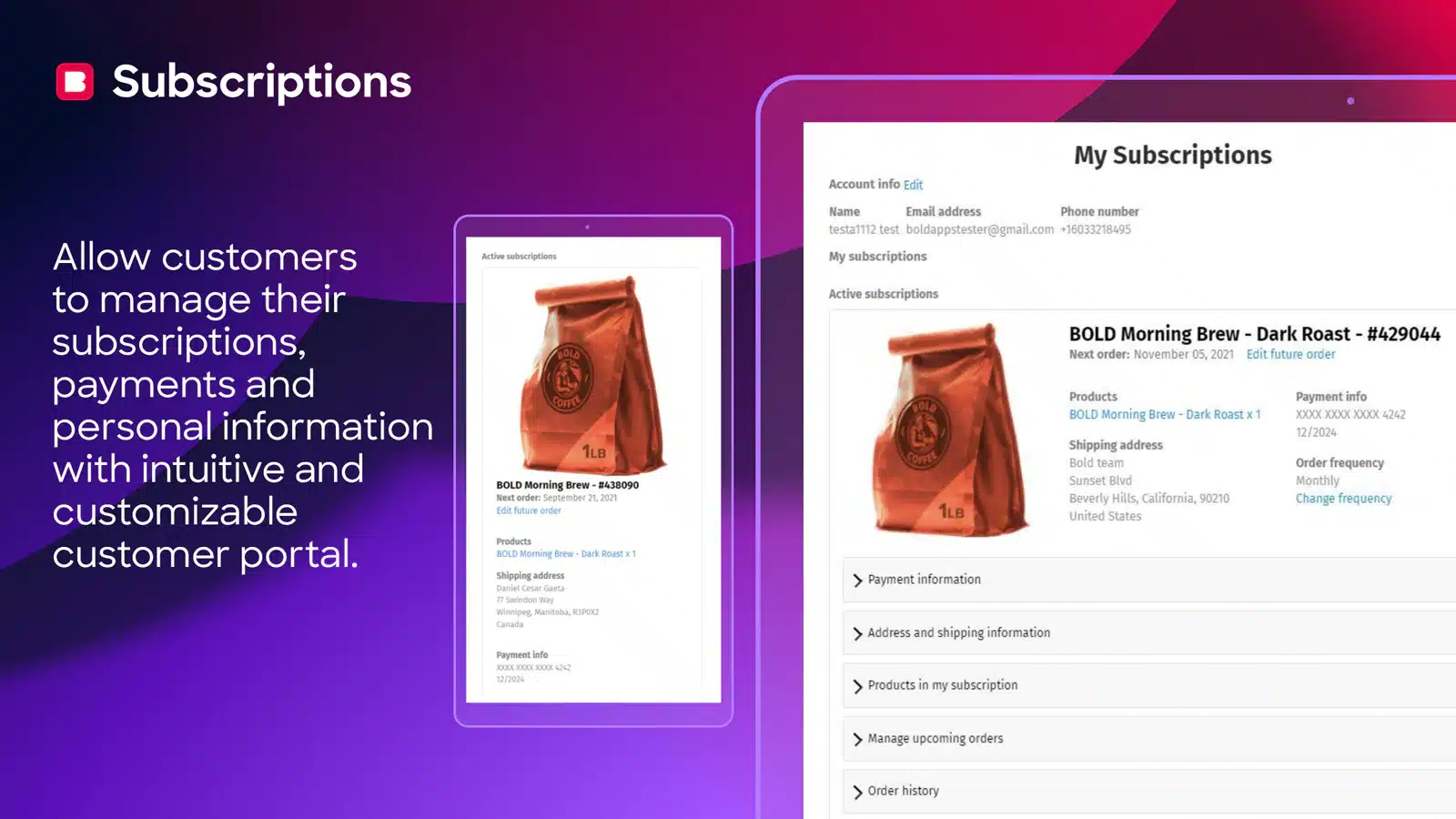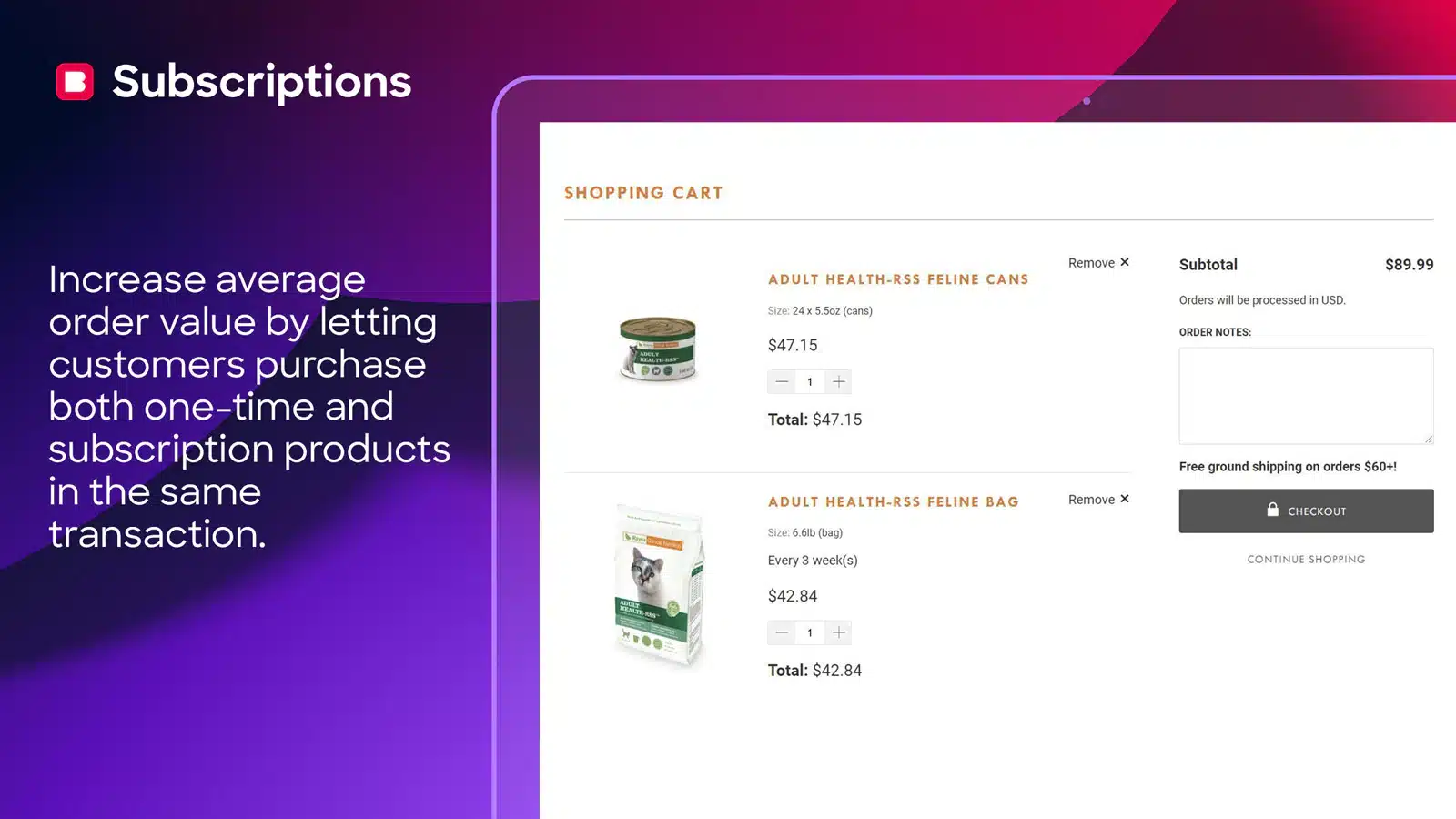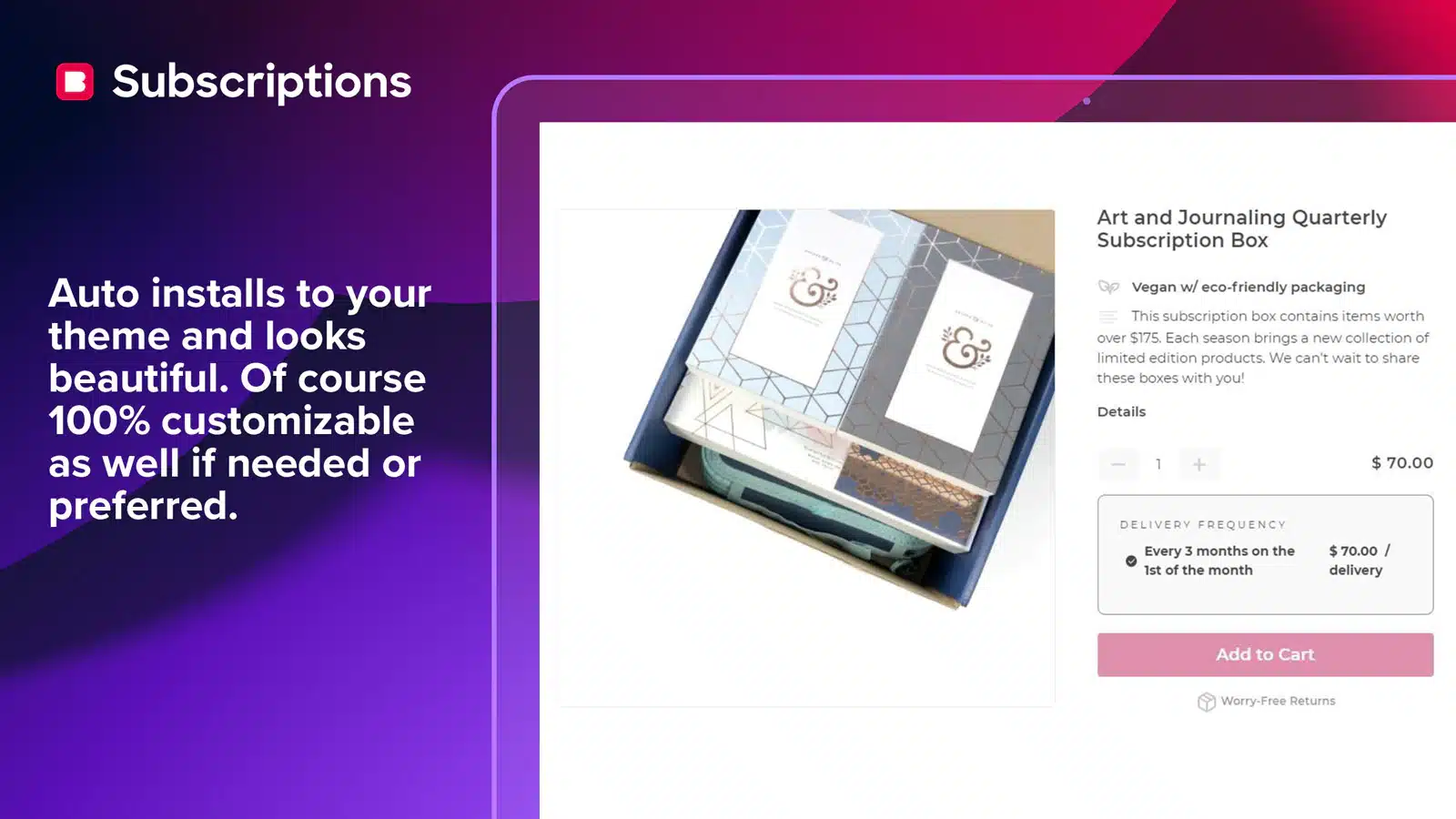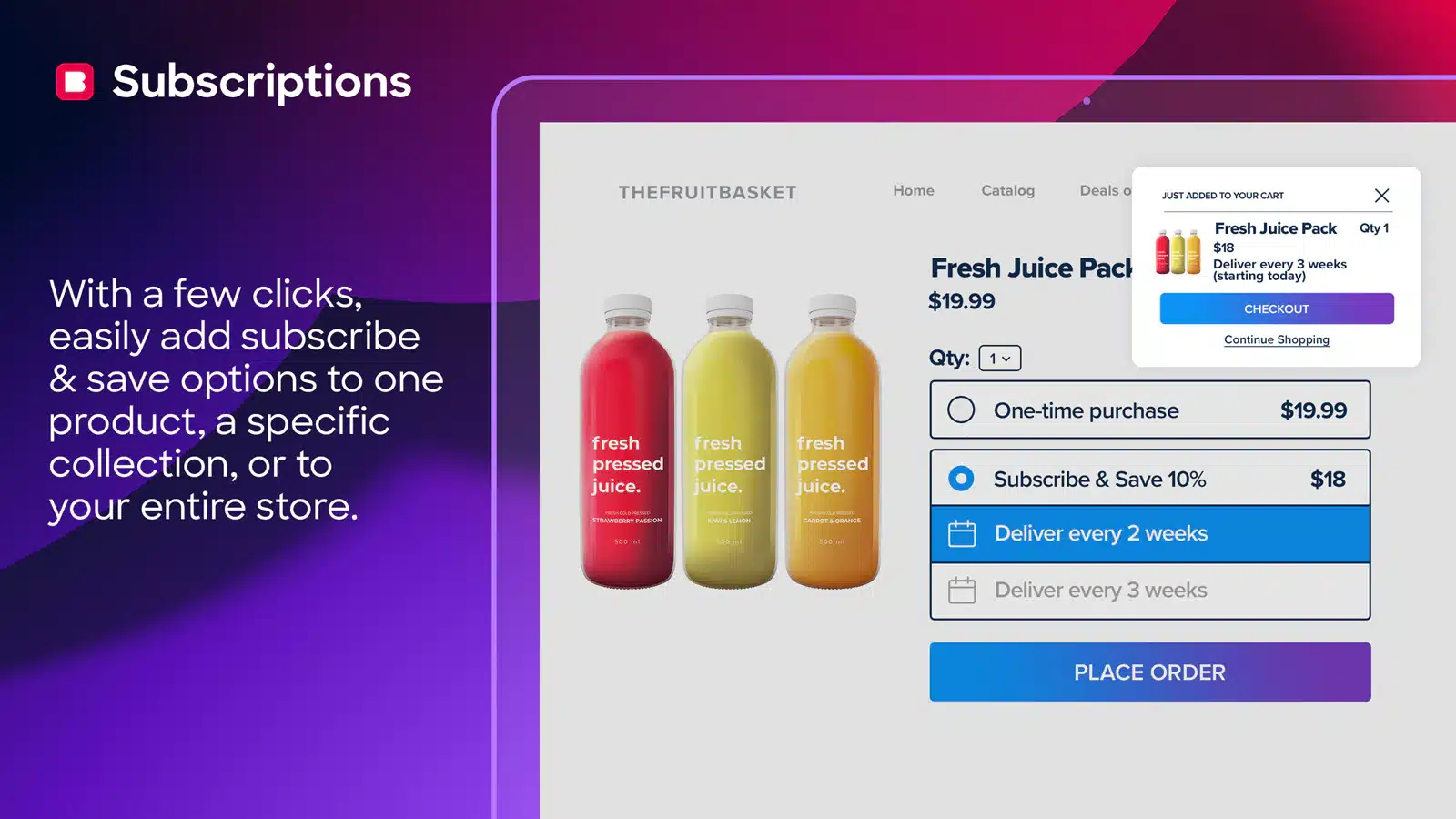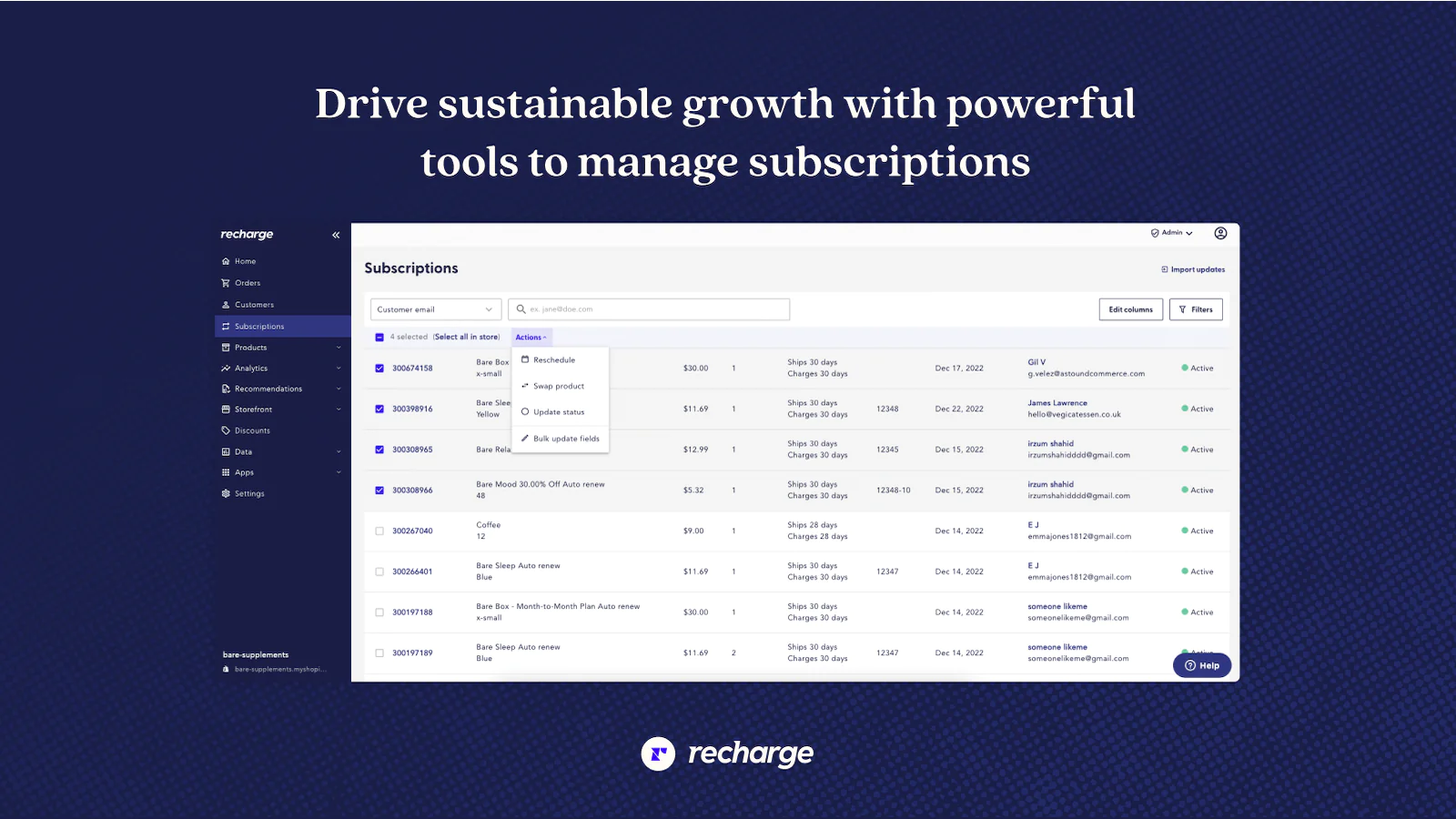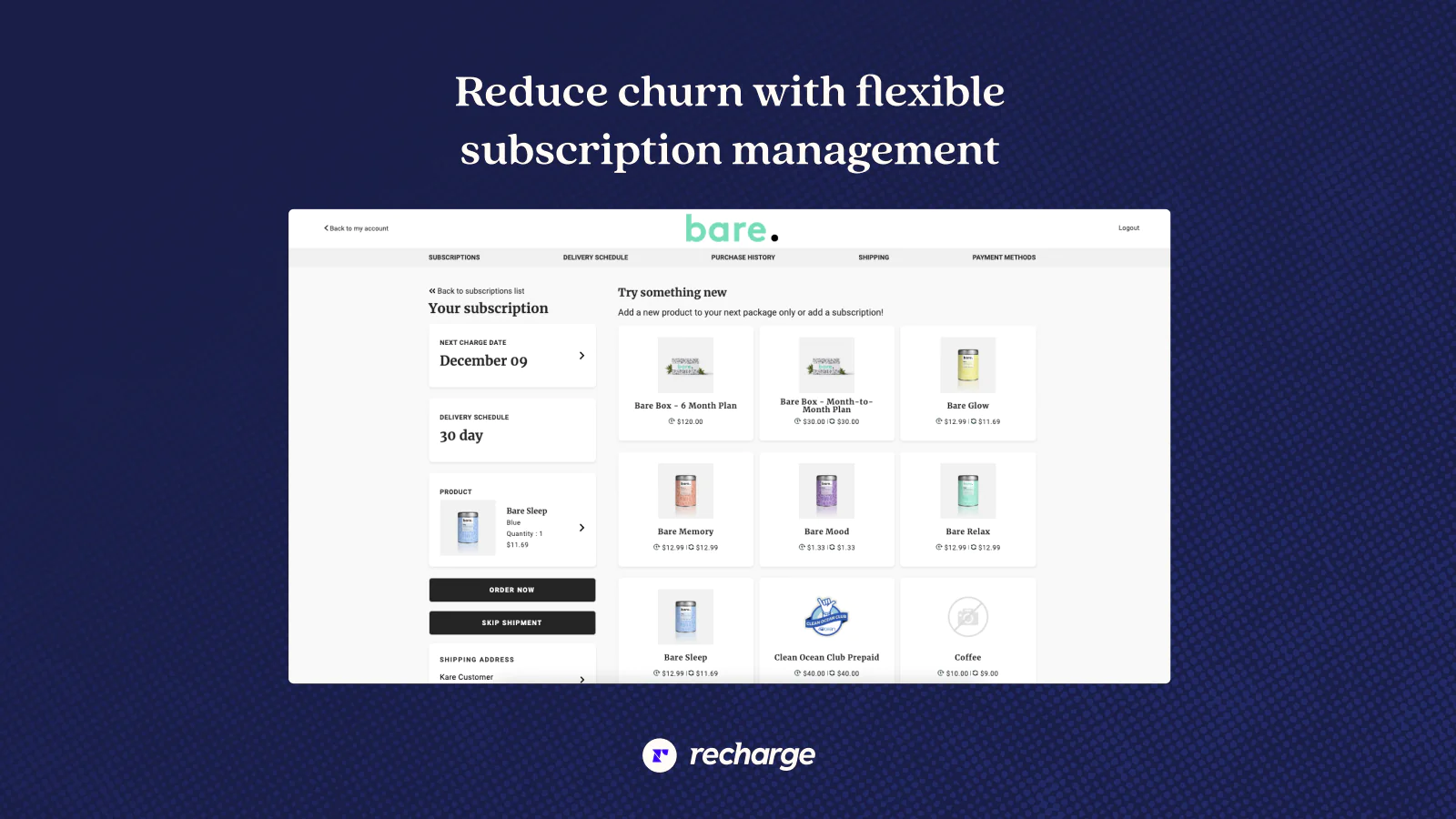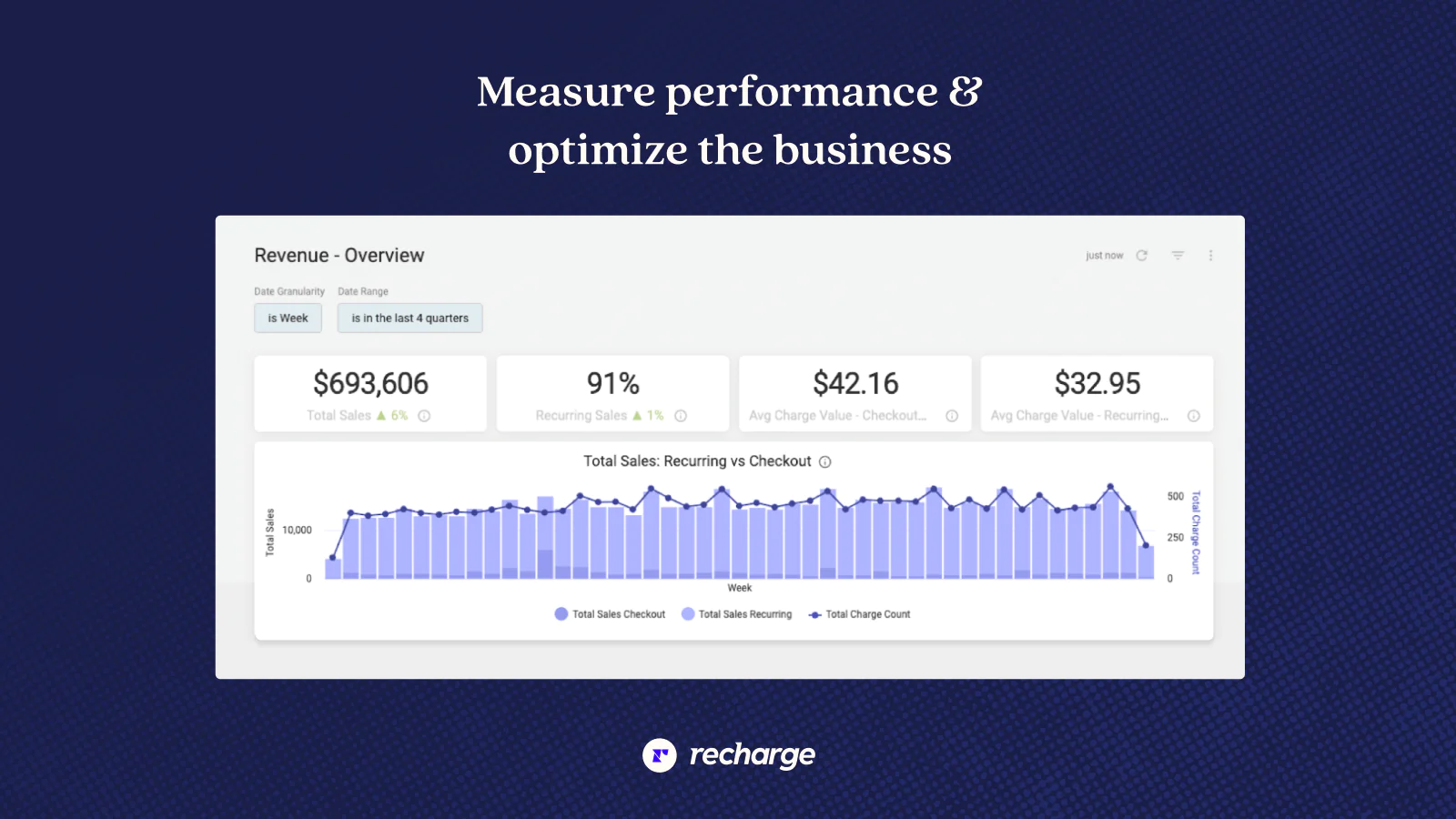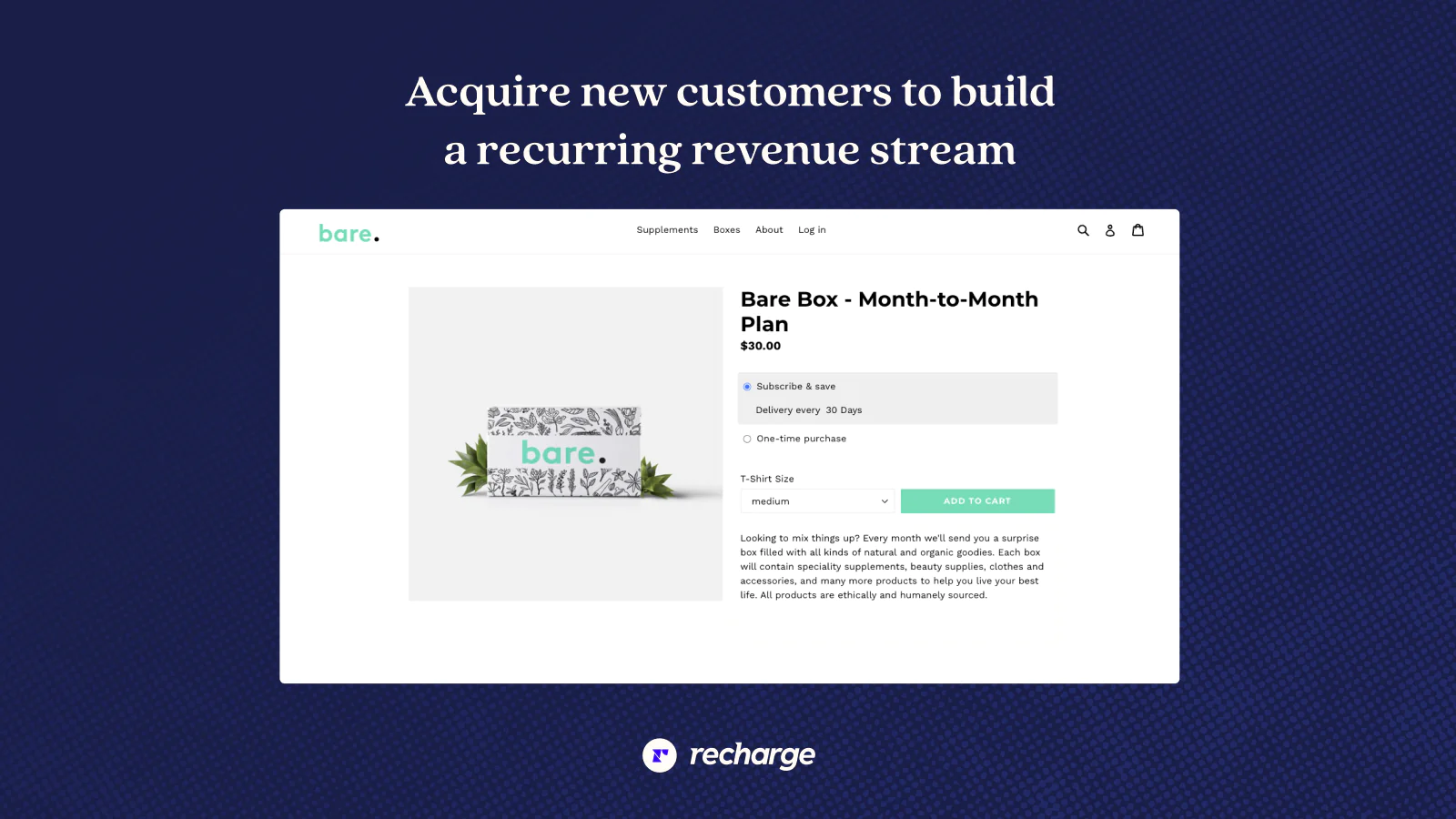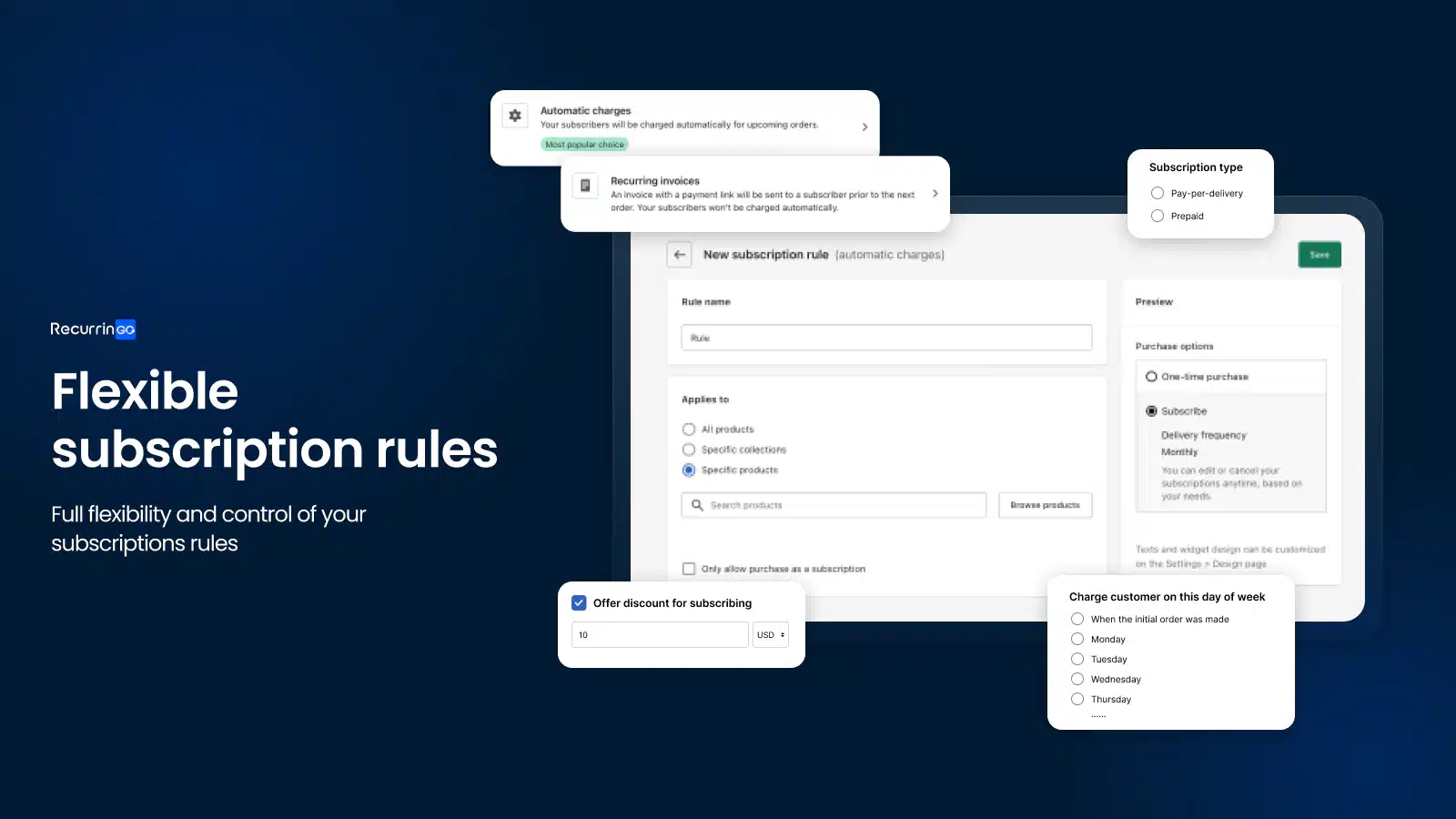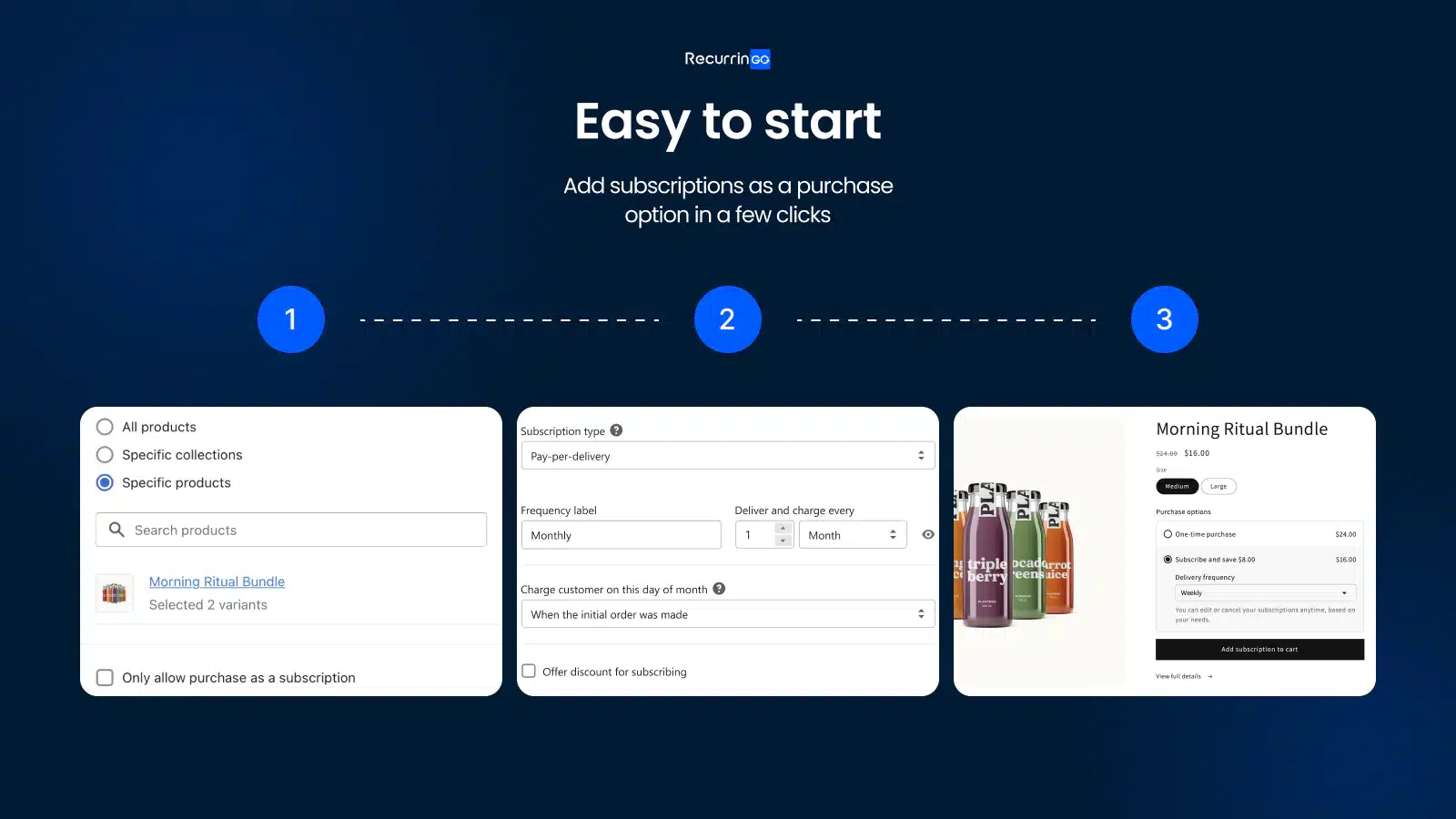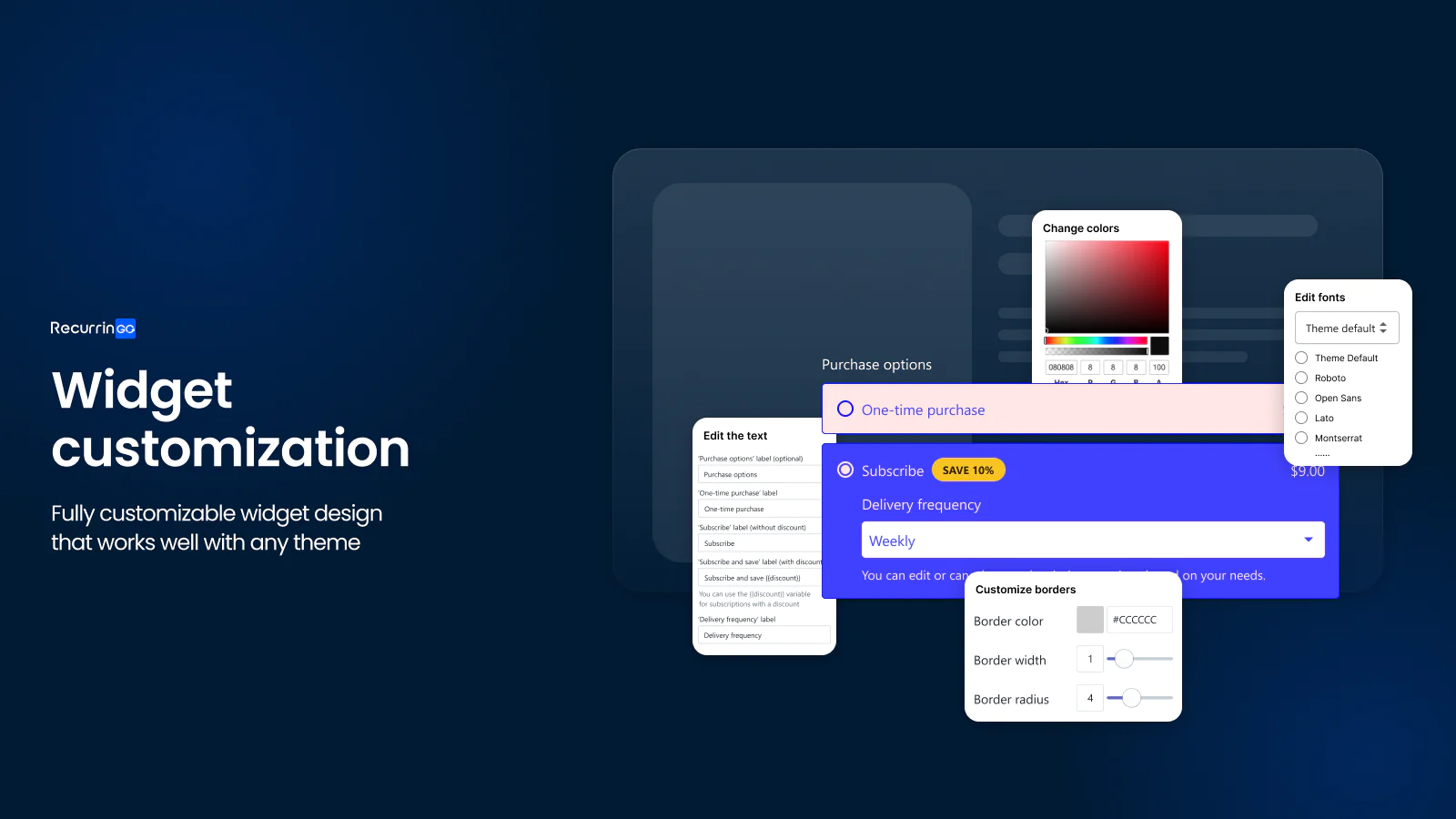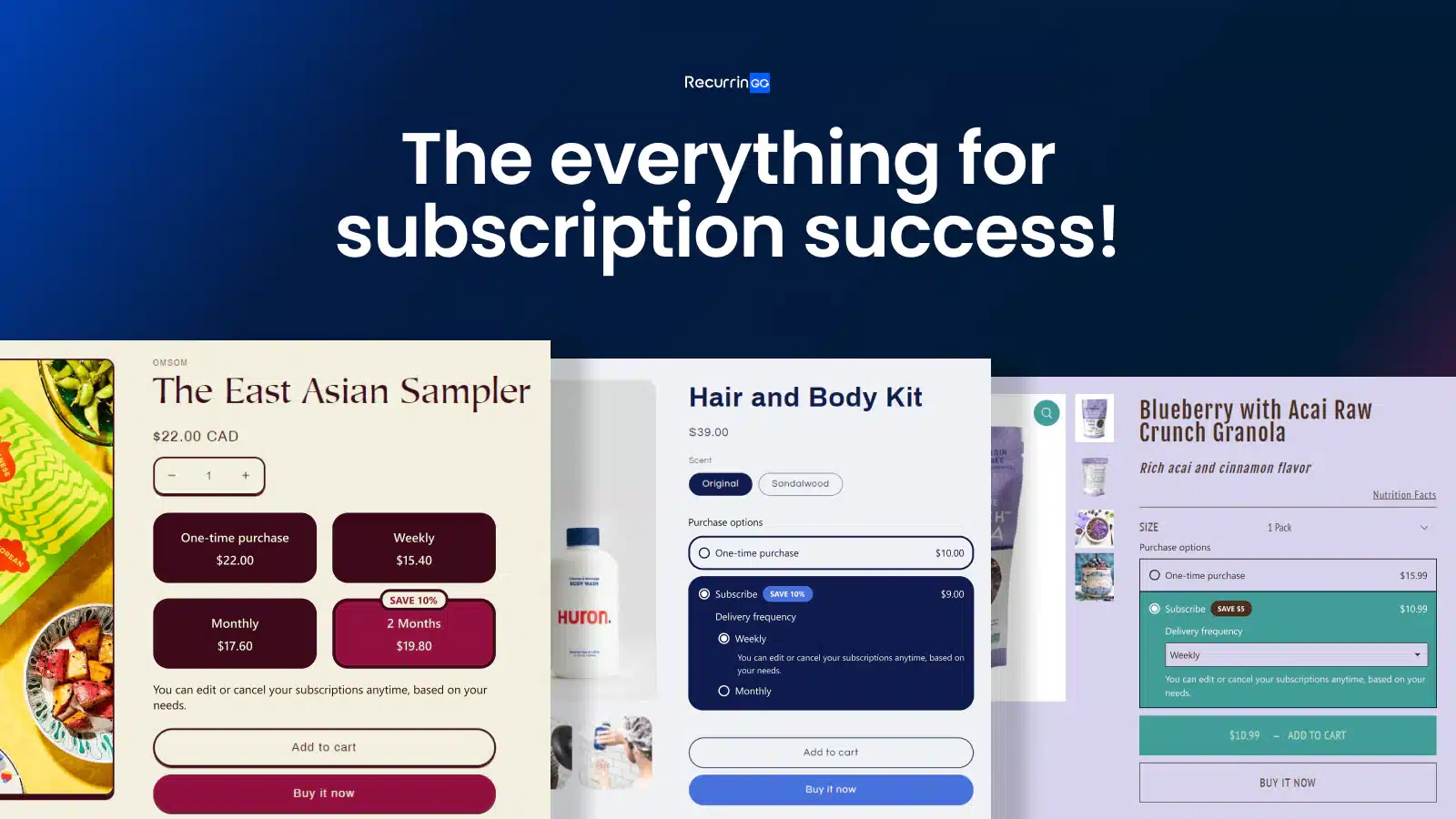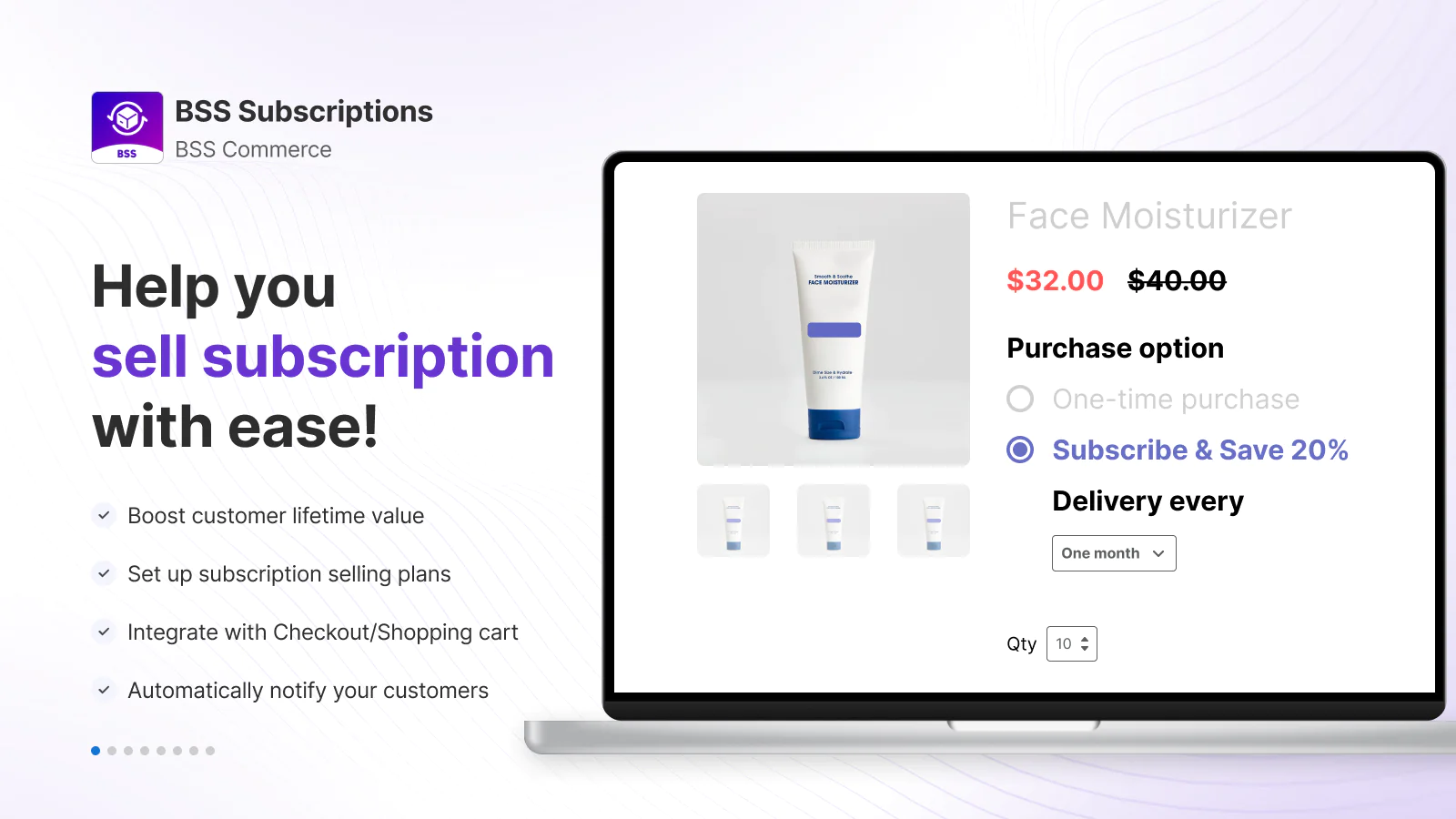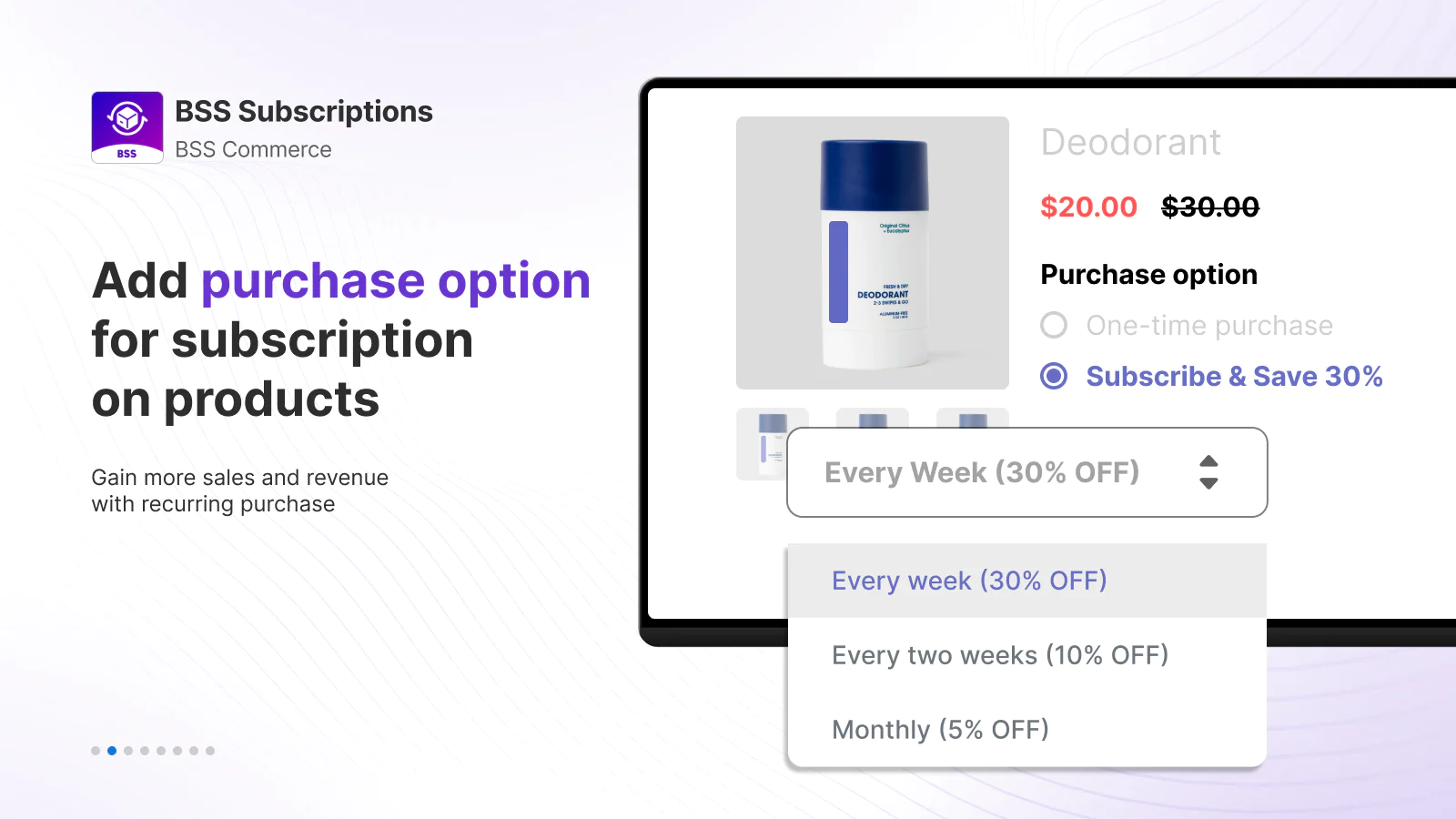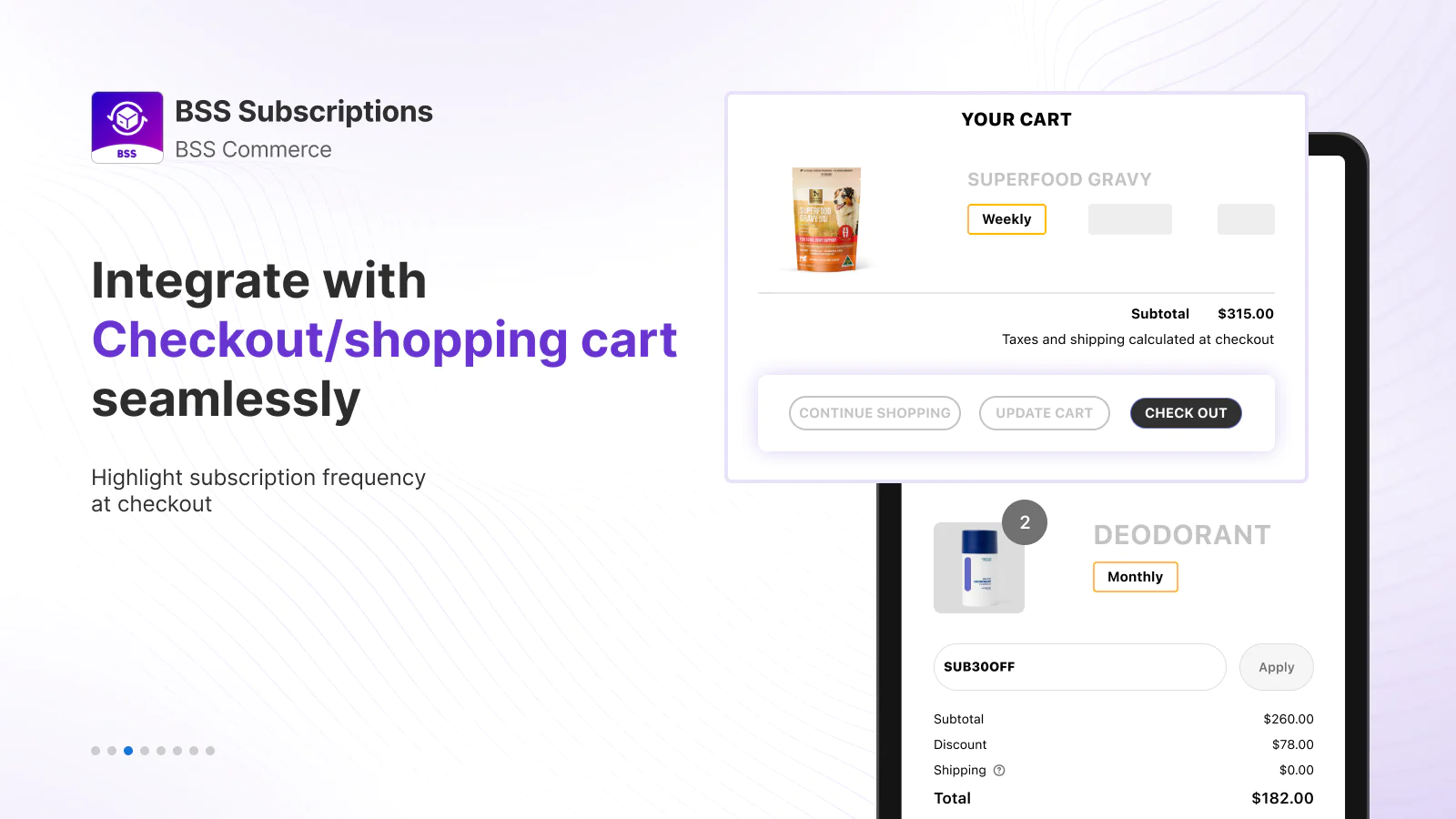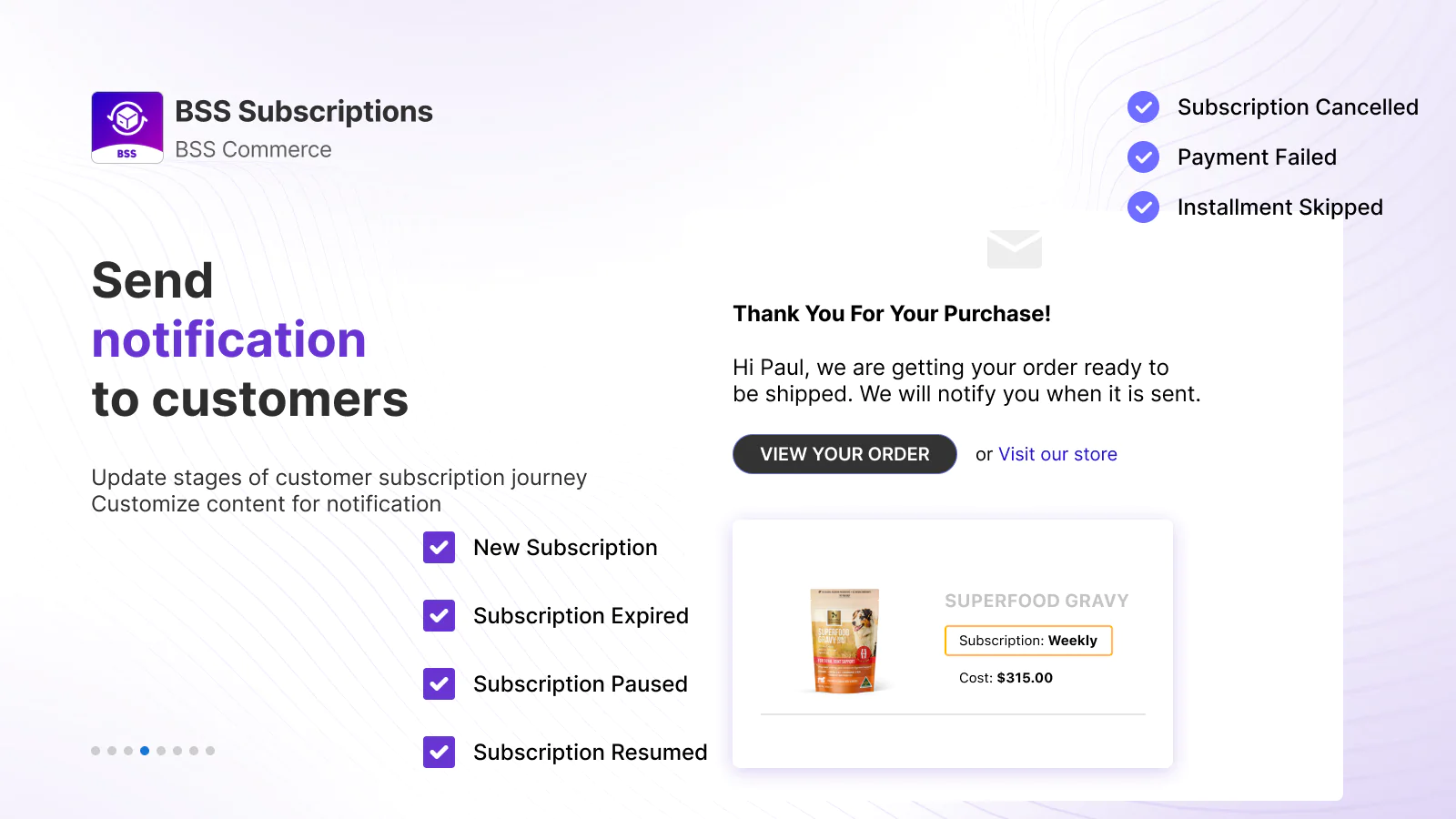Top 5 Best Shopify Subscription Apps [July, 2024]
This guide helps ecommerce store owners to compare and find the best subscription apps for Shopify. Subscription apps are popular for ecommerce businesses that want a solution that offers them predictable monthly recurring revenue, increased customer lifetime value, high customer return and retention rates and reduced inventory waste.
However, with the variety of Shopify apps for subscription, it can be challenging to find the ideal app for store owners’ individual needs. To help ecommerce store owners make the right choice, the attributes of available Shopify apps have been assessed considering: features, price, free trial availability, app store rating and free app options.
This guide compares five companies for merchants to review and find the optimal subscription app for their needs. To help them make an informed decision, a quick comparison table of the best subscription Shopify apps is shared below, followed by in-depth reviews and frequently asked questions.
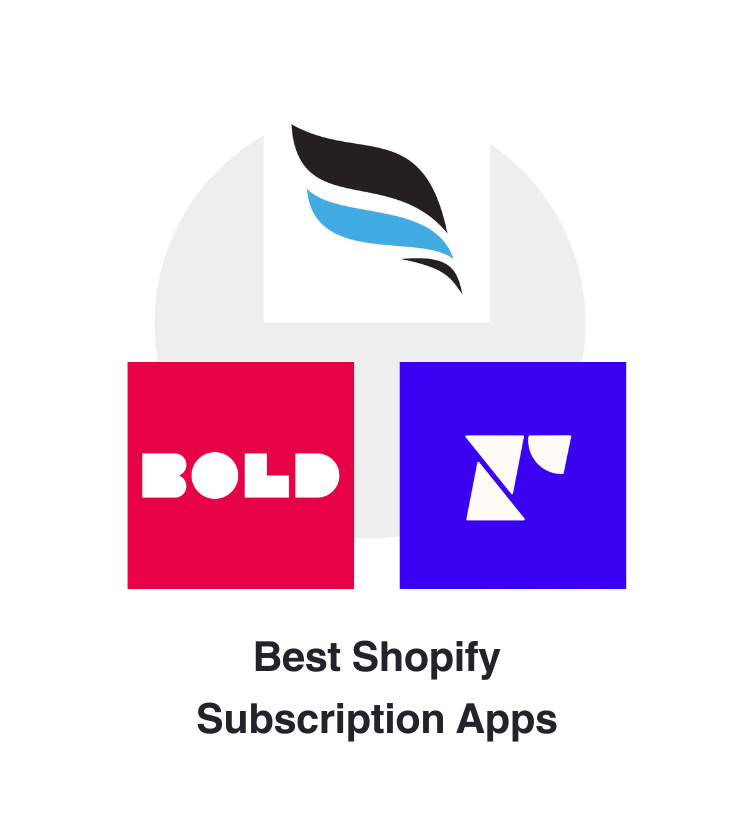

Free Guide: How To Find A Profitable Product To Sell Online
Excited about starting a business, but not sure where to start? This free, comprehensive guide will teach you how to find great, newly trending products with high sales potential.
Quick comparison of the best Shopify Subscription apps
| # | App Name | Developer Name | Pricing | Rating | Free Trial | Image | Action |
|---|---|---|---|---|---|---|---|
| 1 | PayWhirl Subscription Payments | PayWhirl Inc. | $9/month | 4.6/5 ⭐️ | yes | 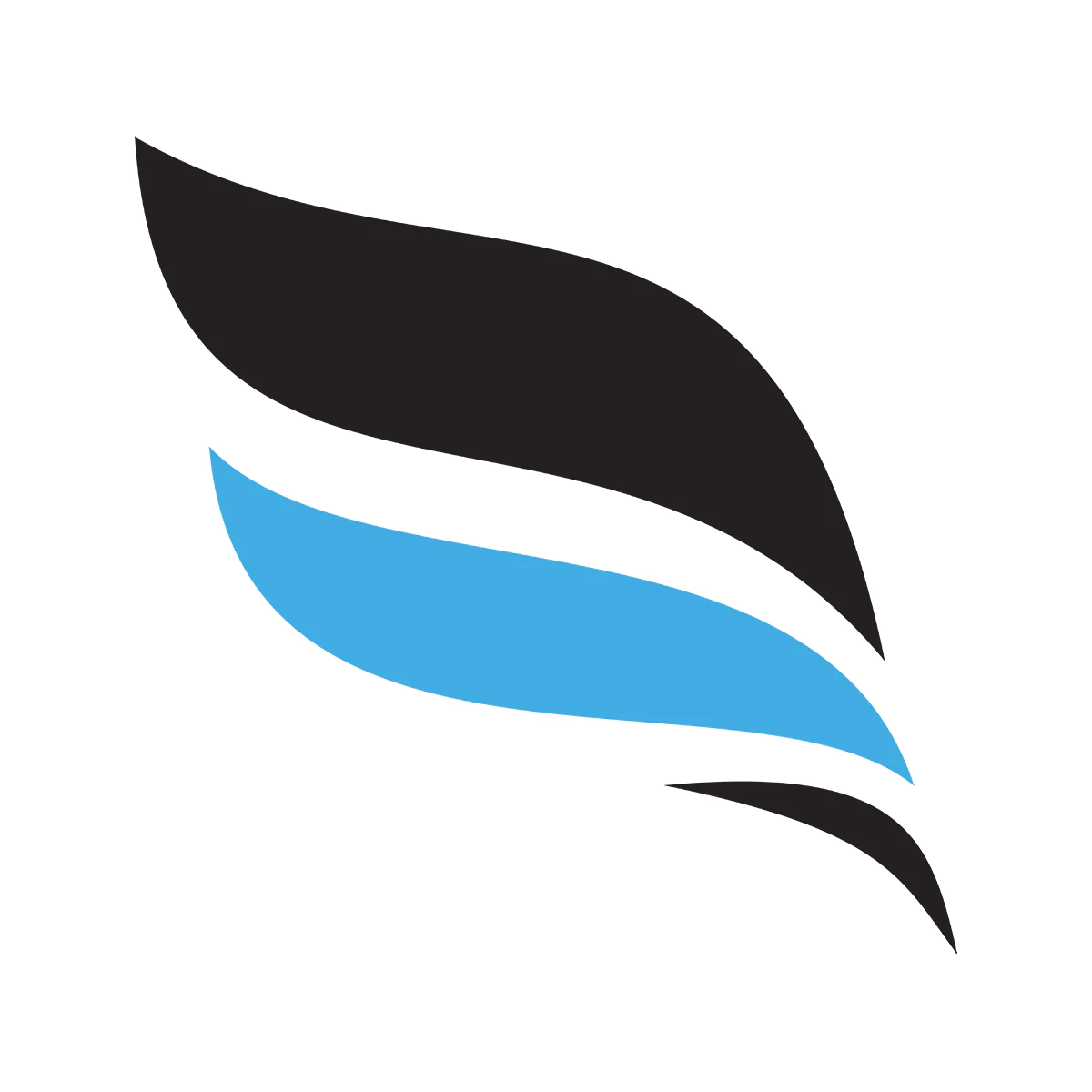 |
Get app |
| 2 | Bold Subscriptions | BOLD | $49.99/month | 4.2/5 ⭐️ | yes | 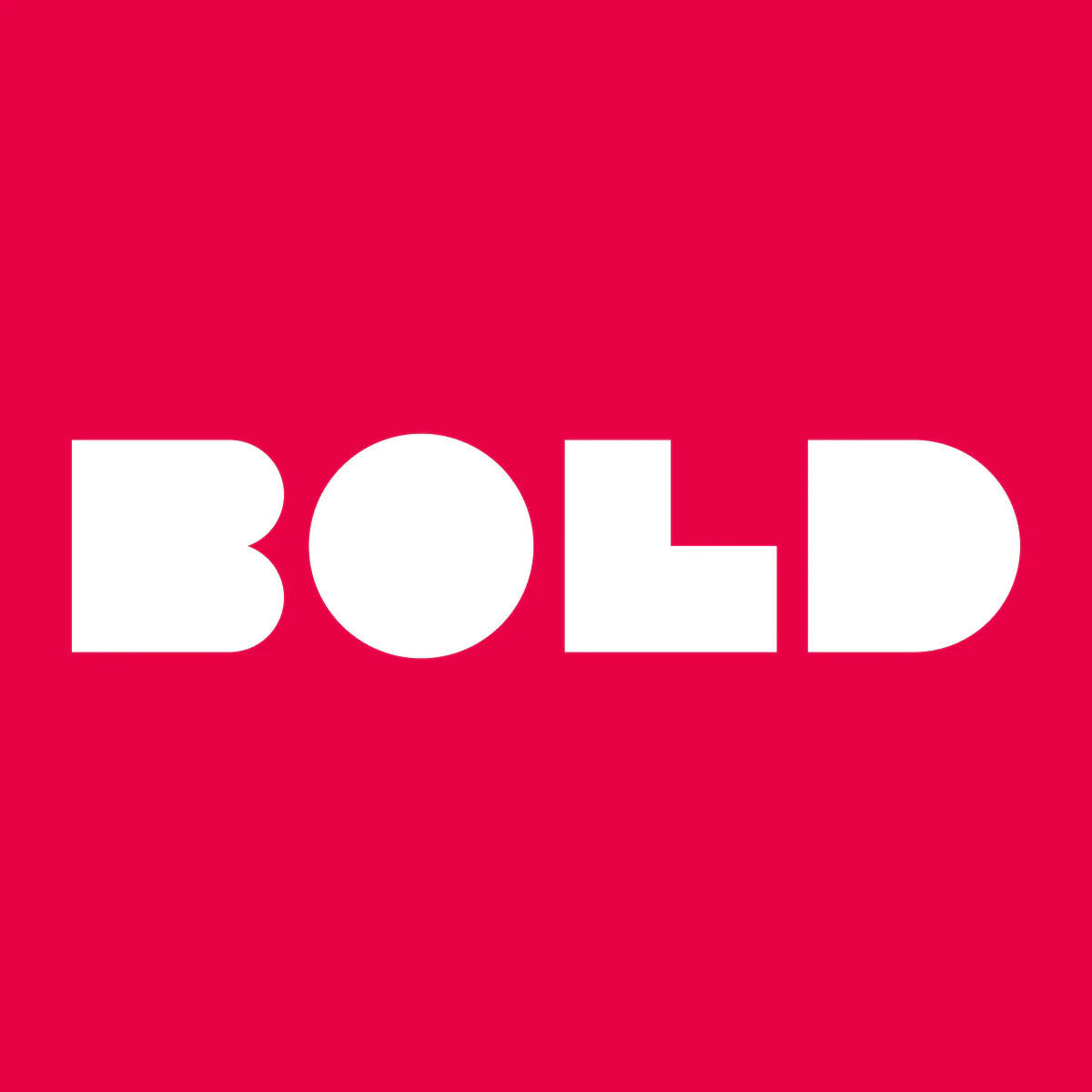 |
Get app |
| 3 | Recharge Subscriptions | Recharge | $99/month | 4.5/5 ⭐️ | yes | 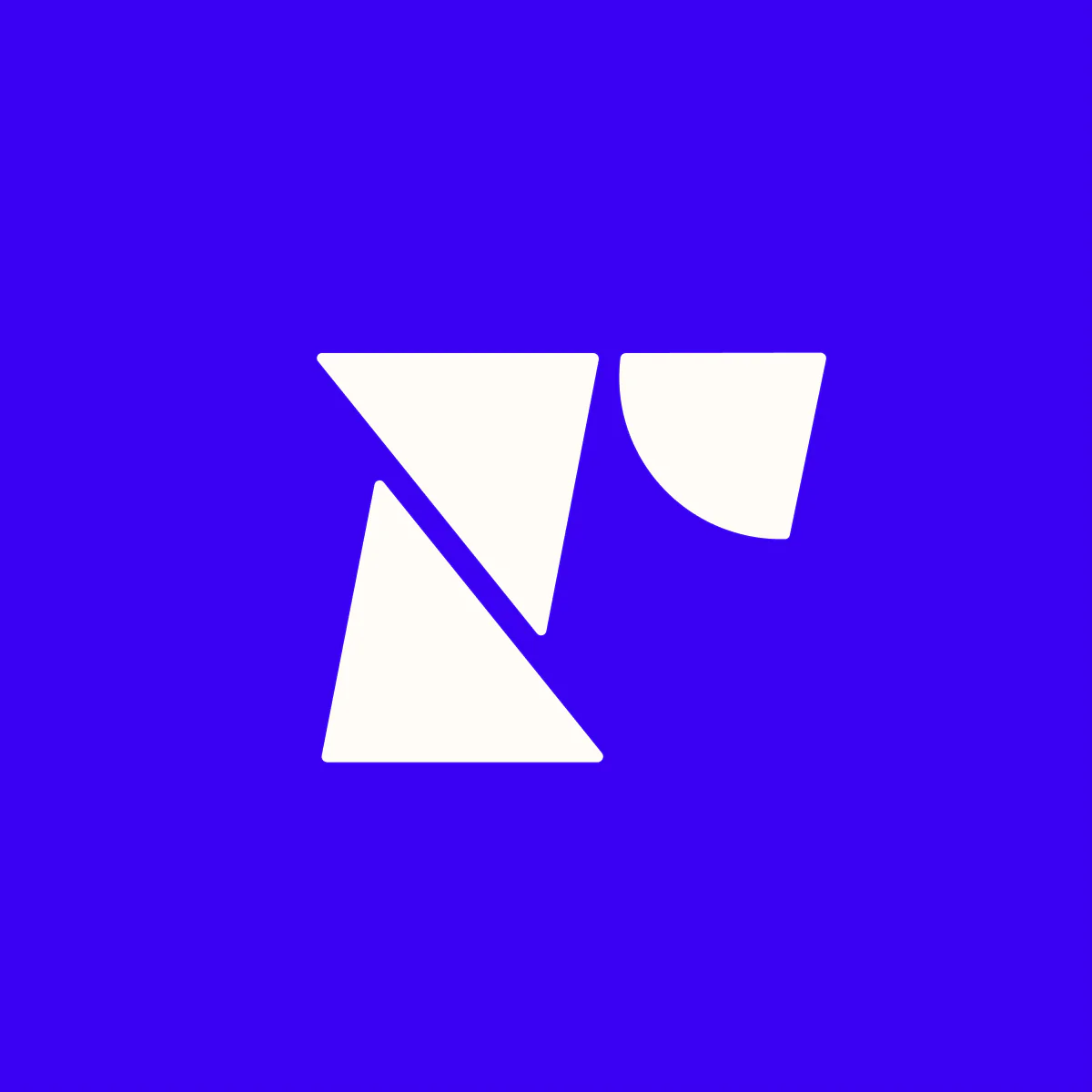 |
Get app |
| 4 | RecurrinGO! Subscriptions App | SpurIT UAB | $9/month | 4.8/5 ⭐️ | yes | 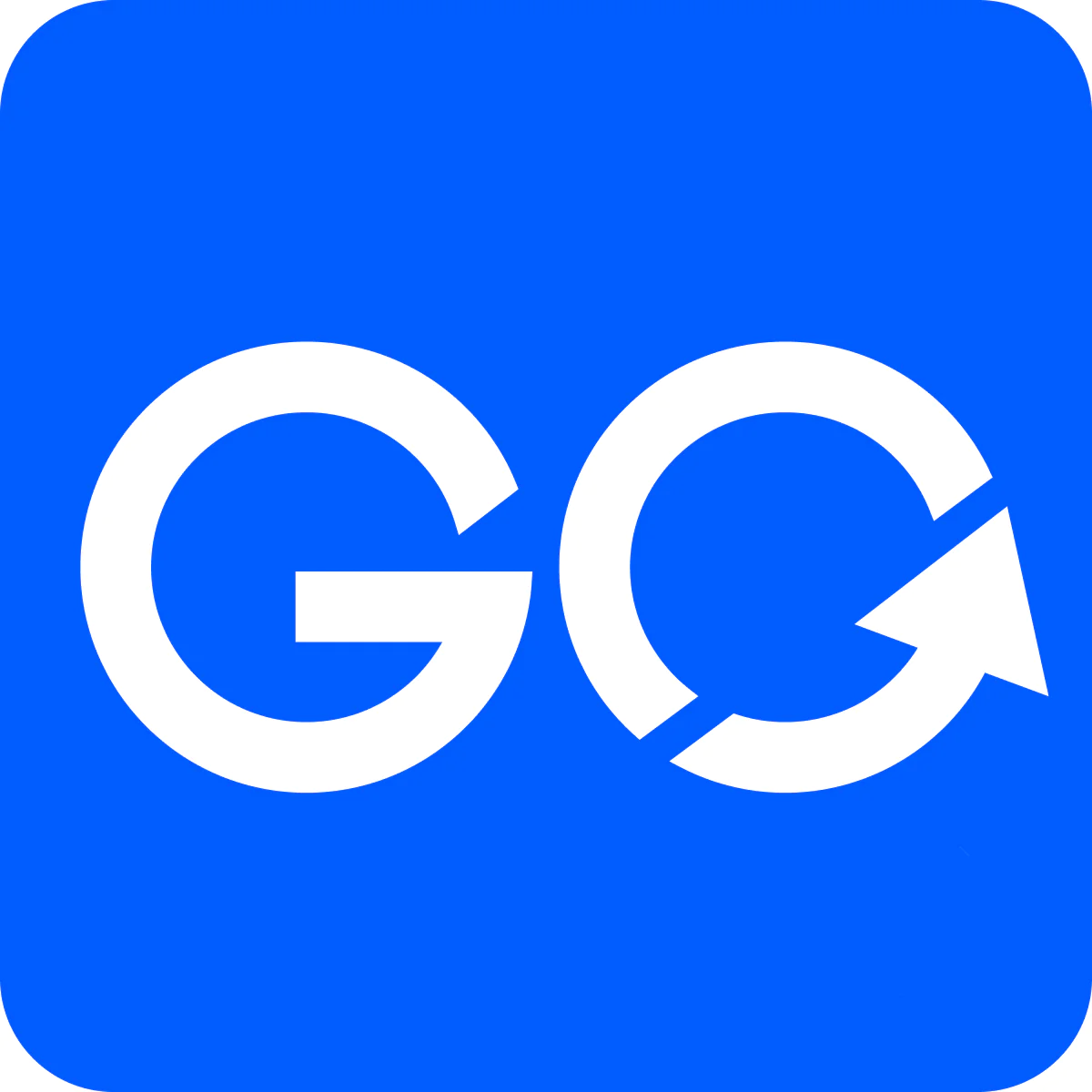 |
Get app |
| 5 | BSS: B2B Subscriptions | BSS Commerce | $5/month | 4.9/5 ⭐️ | yes | 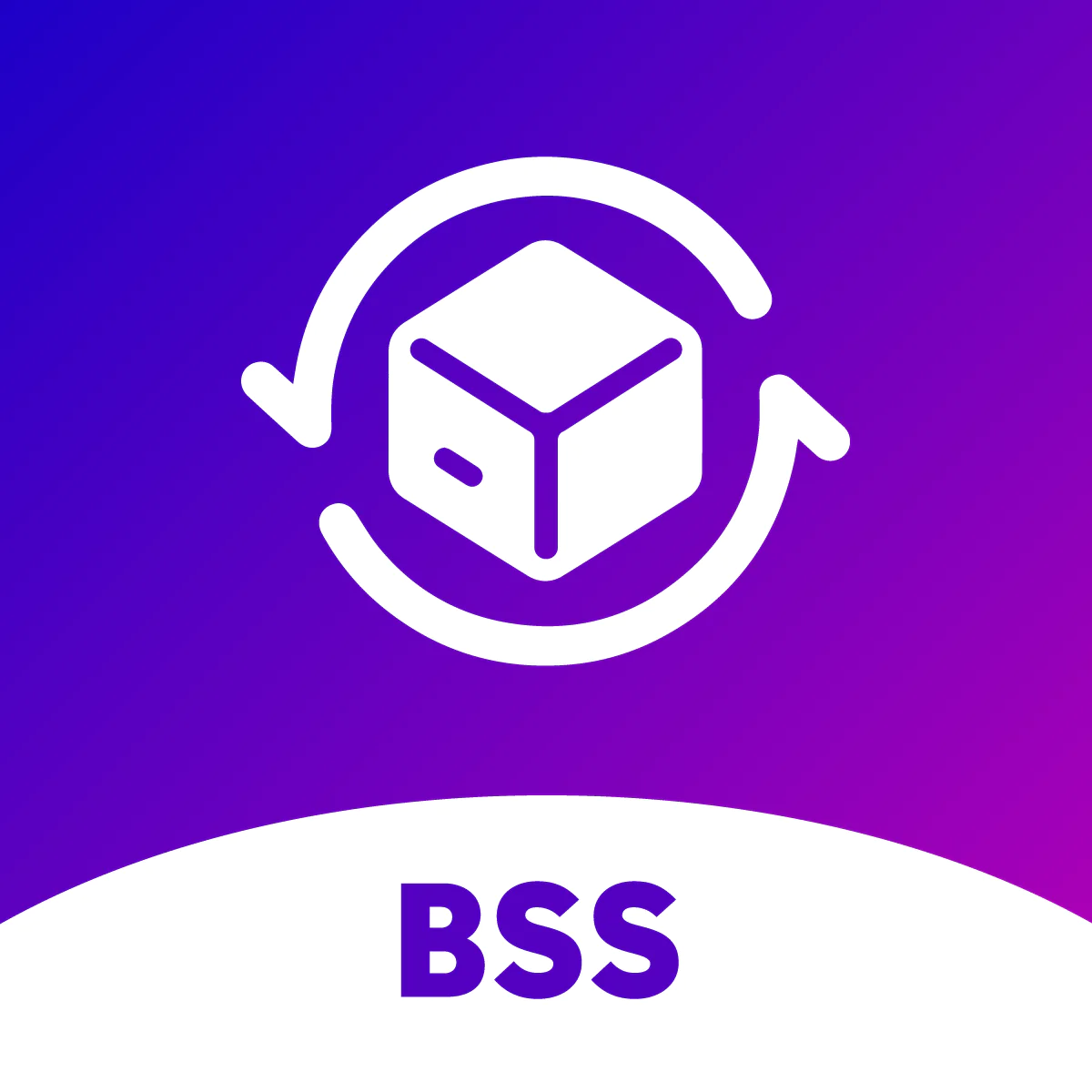 |
Get app |
Top Shopify subscription apps reviewed
Table of contents:
How to Find The Best Subscription Shopify App?
These five subscription apps for Shopify are ranked based on the following criteria:
- Features
- Price
- Rating on the Shopify app store
- Free trial availability
- Free app options
- Compatibility with other top apps
- Number of apps the app provider operates
- Pros and cons
- Built for Shopify badge
- Reviews and assessment by AcquireConvert
What are Shopify subscription apps?
Shopify subscription apps are tools that enable e-commerce store owners to offer subscription-based products or services. These apps allow for subscription management, billing tracking, and payment processing. In this model, customers pay recurring fees for continuous access to products or services, such as streaming platforms or monthly consultancy services, creating a predictable revenue stream for businesses.
What are the pros of a subscription business model?
With a subscription model business you can (as close as possible) predict the future, thanks to these key metrics:
- Monthly recurring revenue
- Monthly churn rate (cancelled subscriptions per month)
- Net monthly growth rate (new customers – cancelled subscriptions per month)
- Customer lifetime value (AOV X subscription length)
The more uniform your offerings in terms of revenue and costs and the fewer SKUs, the simpler predicting cash flow becomes.
This means you can
- Focus on a niche market, which is typically cheaper to market to and acquire customers
- Hire with confidence and at the right time
- Budget effectively for marketing
- As you’ll know how much you can afford to spend to acquire a customer profitably
- Discount heavily on customers first purchases and grow more aggressively
- As you’ll know the tail end value of a subscriber
- Batch Shipping: Monthly orders shipped on the same day, in the same box, same weight and cost, can keep shipping costs and logistics predictable and consistent
- Get ahead on cash flow by creating offers for those who subscribe for 1 year in advance and pay upfront for larger discounts.
- Increase customer retention, as it’s baked into your business model
- Reduce waste with predictable stock level needs, removing the need for clearance sales
What are the cons of a subscription business model?
Of course, subscription business models can have drawbacks.
- High churn rates can occur without prior warning, like in the economic downturn due to COVID-19 most recently.
- Just like the January fitness industry peak, some niches can see seasonal churn as people drop off subscriptions due to changing weather or economic factors.
- Retention can be hard if you’re not constantly innovating and maintaining your edge on the competition or freshness for the customer.
- Can you source new products before competitors or exclusively?
- While it’s cheaper to retain customers, acquisition costs can increase due to the friction of commitment. Sales will require social proof, testimonials and other final reservation removing tactics.
- Increasing average order value is hard in a fixed price system. You can experiment with upselling and cross-selling, however insure this doesn’t hurt your overall conversion rates and profits. Larger stores with 600+ monthly transactions will want to statistically test changes to the core ecommerce funnel to ensure revenue doesn’t drop.
What are the different types of subscription products?
There are typically 3 preferred product types. However a few newer entrants are disrupting the market further.
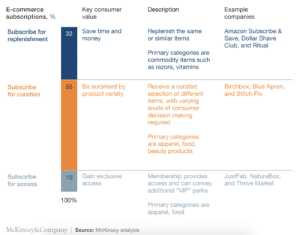
Replenishment
Commodity automation aka replenishment has seen the most revenue. Unsurprisingly as these are consumer packaged goods with larger markets. These types of brands still require enormous investments into brand equity and recognition.
Curation
Product discovery aka curation sees the customer receive different items each month. With varying levels of personalization and decision making needed. (Warning: decision are frictions to sale)
Access
Exclusive deal aka access sees customers subscribing to get VIP treatment and unique offers.
One newer category is:
Product / Content Hybrid
Peloton is a great example of this model. First you buy their exercise bike, then you subscribe to classes and monthly content.
Why Do You Need Shopify Subscriptions Apps?
Subscription apps benefit both customers, who regularly receive their favorite products, and merchants, who can easily manage and track these subscriptions. This creates a situation where customers enjoy convenient access to services and products on a monthly or yearly basis, while merchants benefit from steady revenue. These apps are more than just tools; they significantly aid in business growth. They save merchants time and effort, freeing them to focus on other business areas. Additionally, features like customizable subscription plans and account management for customers further enhance the appeal of these apps.
Conclusion: Best Shopify Subscription Apps
It requires time and effort to compare and evaluate features of the various different subscription Shopify apps to find the ideal option.
Shopify store owners must evaluate relevant information to make the optimal choice for their needs.
This guide does the challenging work for merchants by comparing and evaluating the top choices for different subscription Shopify apps. The results of our analysis of the best subscription Shopify apps are listed below:

